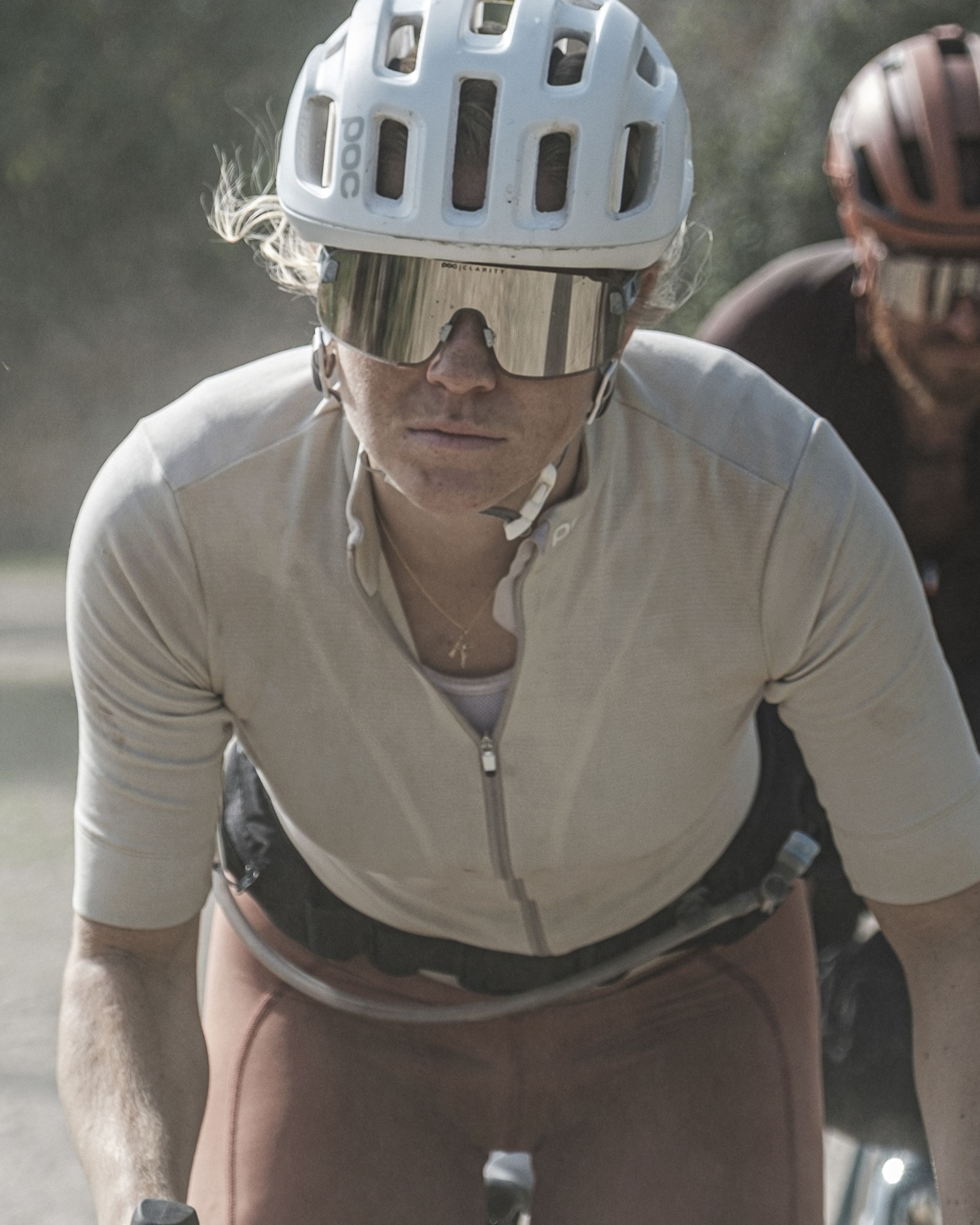Hydration fundamentals with Maurten's Joshua Rowe


In the second instalment on race fueling and hydration we explore the role and importance of hydration and how it will affect your gravel race.
Gravel racing can be remote, hot and dusty. With a competitive mindset, it's easy to get distracted by watching riders nearby — they're the competition, after all — and neglect the most important engine — yourself. In that situation, dehydration can catch up with you — fast — and performance can quickly slide. We spoke again with Maurten's Nutritional Scientist, Joshua Rowe, to get a clearer understanding of hydration needs. “From an endurance athlete's perspective” he says, “dehydration hinders the body's ability to regulate temperature. It not only raises core body temperature but also cancels out the benefits of high aerobic fitness and acclimatization to heat.”

Rowe explains that the process of sweating is the primary means by which the human body regulates its temperature during exercise. Dehydration can occur when the fluid lost through sweating is not replaced — it's a basic deficit. Typically, conversations around dehydration lean towards electrolyte replenishment, but that’s not the starting point. Rowe continues, "Dehydration can lead to a reduction in your body's plasma volume, which causes your heart to work harder to pump blood - this is known as cardiovascular drift." Cardiovascular drift is recognisable by a gradual increase in heart rate at the same level of output, reducing the delivery of oxygen to the muscles. He points out that there isn't a consistent linear relationship between fluid loss and performance — individual factors such as exercise modality, environment and fitness levels also have a great influence here. However, research has observed that relatively small losses in bodyweight due to reduced blood volume can significantly impair an athlete's ability to maintain workload.
Why does this matter for gravel racing? “There are several factors that will determine how much your body will necessitate sweating. Heat, intensity, body composition, race duration, degree of fluid tolerance, and prior training of the gut will all contribute to fluid expenditure” he says. "Dehydration can also negatively affect your cognitive performance and make you feel like you're exerting more effort than you actually are." This is particularly pertinent for gravel racing, where focus, reaction time and sharpness of mind are important. Adding to the stress on the body, riders need to be on top of their navigation, rest, kit management, and picking the right line when the trail gets technical. In short — there's a lot to think about.


The unique arena of gravel racing brings some specific fueling and hydration situations into play — long days in the dirt aren't just about keeping the pedals turning. For the increasingly popular multi-day and "unsupported" race formats, resupply points and availability of water can be sparse. And even if distances seem short on paper, technical terrain or bad weather can significantly increase ride time. It's important that you know the course and your own needs. Practice in training what you will do in the race. Joshua adds that "researchers have found that successful ultra-endurance event finishers tend to consume fluids at a higher rate than non-finishers". Although this may seem obvious from a practical standpoint, it further highlights the significance of ensuring fluid intake is managed appropriately, in addition to fueling intake.
Joshua also reinforces, "it is important to implement the four P's: planning, preparation, practice, and performance when devising a personalized drinking schedule to stay hydrated during ultra-endurance events". In general, he recommended to consume 450-750 millilitres per hour, all the while being prepared to make adjustments according to the specific race conditions. Being attentive to what your body can tolerate in training will greatly influence performance when your tire hits that first crunch of gravel on race day.
The role that proper fuelling can have on performance is critical, and you can read more in the first of these two instalments, here.
Photos by: Ian Walton Hemingway
Related articles

Levelling the playing field – Team Amani
In 2021 the world saw the dawn of a new era in African off-road bike racing with the Migration Gravel race. An international field, consisting of some of the world’s finest professional gravel racers and the biggest cycling talents from East Africa, took on spectacular routes through the Masai Mara, over an arduous multi-day course. It’s a landscape that would have never dreamed of being the backdrop for a competitive bike race, but it started more than a race. It starting to level the playing field.

Lachlan Morton wins the 2024 unbound gravel
Our Aussie gravel star makes it fourth time lucky in Emporia UNBOUND Gravel was the race that started it all for Lachlan Morton back in 2019 when it was still part of his “alternative calendar.” It was the race that saw him shift focus from road to gravel and new pursuits, and it’s been the race that’s eluded him as well. No more.

Considered Performance
In developing the Elicit Ti, we sought to find a way to deliver all the benefits needed to stay at the cutting edge of performance cycling while being considerate of the resources we use.

VPD: The material to protect your mobility
We test our body armour to the European EN1621 standard. Originally developed for motorcycle body armour, it has become the norm used across the bike and snowsports industries, given the similar types of impacts and forces users may experience. A key difference, however, is the range of body movement the wearer needs while performing. Here, we work to ensure that freedom of movement is always as high as possible. Protectors are graded to Level 1 or Level 2 standard, where Level 2 offers the most impact protection.
